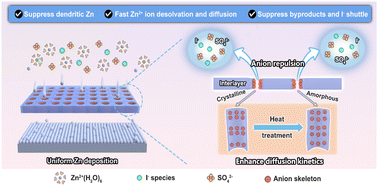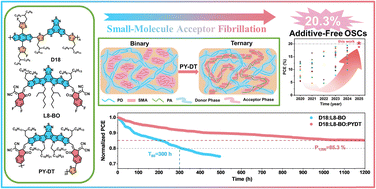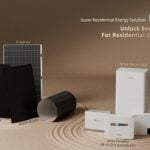Compositional Gradient of Mixed Halide 2D Perovskite Interface Boosts Outdoor Stability of Highly Efficient Perovskite Solar Cells
Advanced Energy Materials, Volume 15, Issue 17, May 6, 2025.

Formamidinium-based perovskite (FAPbI3) solar cells are of great interest due to an advantageous band gap able to achieve the maximum theoretical efficiency. In this study, a strategy is demonstrated based on a halide ion gradient (present in the general 2D perovskite formulation) created on the 3D FAPbI3 surface to simultaneously increase the efficiency and outdoor stability of these devices.
Abstract
Interface engineering using self-assembled 2D perovskite interfaces is a consolidated route to efficient and durable perovskite solar cells. Whether the 2D perovskite forms a homogeneous conformal layer or is heterogeneously distributed on the surface, interface defects are passivated, leading to a general improvement in the device's open circuit voltage (VOC) and stability. Here, an innovative strategy is developed for manipulating the composition of the 2D/3D perovskite interface that results in the formation of a gradient halide distribution, which extends from the surface to the bulk. The use of a bromide-based 2D perovskite triggers a progressive Br/I exchange, affecting not only the surface but also the perovskite underneath. As a result, not only the device VOC improve, as expected, but also the photogenerated current is boosted, leading to a device efficiency of up to 24.4%. Such mixed halide gradient effectively passivates surface and bulk defects making the perovskite active layer more efficient and robust, as demonstrated by the superior device stability showing zero losses in performances upon 36 days (more than 800 h) test in outdoor conditions, those ones relevant for a marketable product.















































































































































